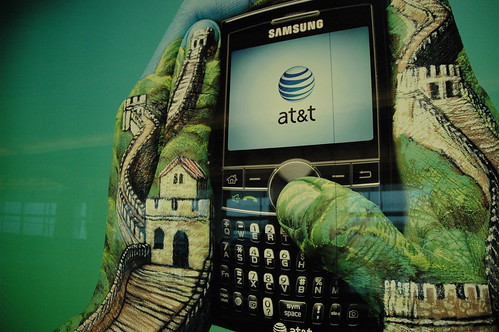Another very big consideration in redesigns right now is the Asian market, specifically China, and India. Most of the Asian market accesses the Web over mobile and other handheld devices. With this in mind, identity and device recognition (or device agnostic sites) for small screens are two of the major drivers in this change.

The 3rd major consideration is auto selection and personalization. In this way it is hoped that both the company and individuals can control what is displayed on sites – showing people just what they are interested in or more well stated – what they need.
The shotgun approach of presenting everything and expecting the end user to navigate to what they want is expected to wind down and come to an end. In particular it is too time consuming, confusing, and causes opportunity loss (loss of sales or conversion). Many large software firns are close followers in this effort, mostly due to how large a project it is. Notable exceptions include Amazon, and the micro sales sections of Google. Followers notably include Microsoft.
Other drivers besides (multiple) identities within the corporate software platforms (including identities related to such things as gaming), are the language /locale issues which still remain problematic on many large corporate Internet properties.
A 4th driver is tracking results (page views / sales) for both A / B testing and efficiency and success of design and auto selection processes. This does not include 3rd level stuff such as triangulation between sales results. Usually this is termed "profiling" but in this sense it means presenting items that consumers would actually be interested - a great example of this is Amazon's site.
Shopping helps aid the Amazon algorithm to tell what interests consumers. But even here the end user has the ability to say "Nope, I'm not interested in this."
A 5th driver is process. After I do X, what should I do? What is a logical process customer/end user should follow? Perhaps there are freebees or other information perks which make sense to include in a download process, or just as information (on demand or that is, as needed) within the process they are engaged in using.
Looking forward to more personalization in process driven large corporate Websites.
No comments:
Post a Comment